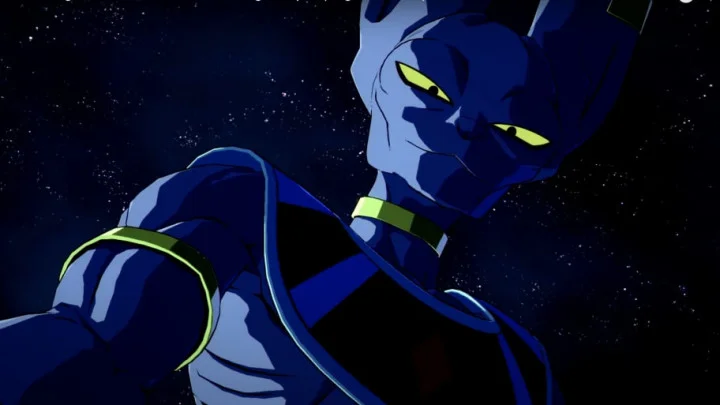
The iPhone 15 arrives with a whisper of pink
The rumors are true: The pink iPhone is back. At today's Apple Event, a hush
2023-09-13 03:15

'Hope Taylor sees this': Internet in awe as Nikki Glaser spends $25K on Swift's concert tickets instead of freezing her eggs
'I just want to say that it was a conscious decision because I went to nine Eras tour shows this year,' said Nikki Glaser
2023-10-24 19:30

Afghan refugees fear as Pakistan prepares for deportations
Hundreds of thousands of Afghans seeking asylum in Pakistan fear their dreams will be crushed.
2023-10-31 23:58

Two Point Campus: Space Academy Review: Set Phasers to Fun!
You’ve revitalized every campus. Turned each one into a potpourri of bizarre courses, bedraggled students and cult-like behavior (praise the Orb!). Where do you go from there?
1970-01-01 08:00

NFL coverage map 2023: TV schedule Week 3
There are a lot of important matchups on tap for Week 3 of the NFL season, but what games will be available in your area?
2023-09-21 01:23

Factbox-Governments race to regulate AI tools
Rapid advances in artificial intelligence (AI) such as Microsoft-backed OpenAI's ChatGPT are complicating governments' efforts to agree laws
2023-05-23 16:51

Chinese immigrant workers sue over forced labor at illegal marijuana operation on Navajo land
A group of Chinese immigrant workers is suing over forced labor and human trafficking claims that stem from an illegal marijuana growing operation in northwestern New Mexico
2023-09-28 08:04

Brexit: Rishi Sunak broke his word over EU laws, says Jacob Rees-Mogg
The government's decision to drop deadline to scrap EU laws sparks a row in the Conservative Party.
1970-01-01 08:00

Mexican inflation slows more than expected ahead of rate decision
(Reuters) -Mexico's annual inflation hit its lowest in more than two years ahead of a monetary policy decision on Thursday
2023-06-22 21:08

Former Marine due in New York court for indictment in Jordan Neely killing
NEW YORK The former U.S. Marine sergeant accused of fatally strangling Jordan Neely, a homeless man, in a
2023-06-28 19:03

Caron Treatment Centers Names John Driscoll as its New President and CEO
WERNERSVILLE, Pa.--(BUSINESS WIRE)--Sep 12, 2023--
2023-09-12 20:03

Dragon Ball Fortnite Collab Could Include Beerus
New leaks have suggested that Beerus could be added in the rumored Dragon Ball Fortnite crossover.
1970-01-01 08:00
You Might Like...

Brighton & Hove Albion vs Southampton LIVE: Premier League team news, line-ups and more

'Nasty judge': Katy Perry set to leave 'American Idol' after facing criticism throughout the season

Fans applaud Whoopi Goldberg's 'wonderful' tribute to 'Shaft' star Richard Roundtree as 'The View' producers join in

How did Richard Roundtree die? 'Shaft' star, 81, redefined Hollywood's African-American action hero

Manchester City complete £77.6million signing of Josko Gvardiol from RB Leipzig

Nearly 1,000 migrating songbirds perish after crashing into windows at Chicago exhibition hall

Edmunds: Suffering from gasoline price anxiety? These are the Top 5 hybrids of 2023

Bullock takes over at Australia central bank with soft landing in sight
